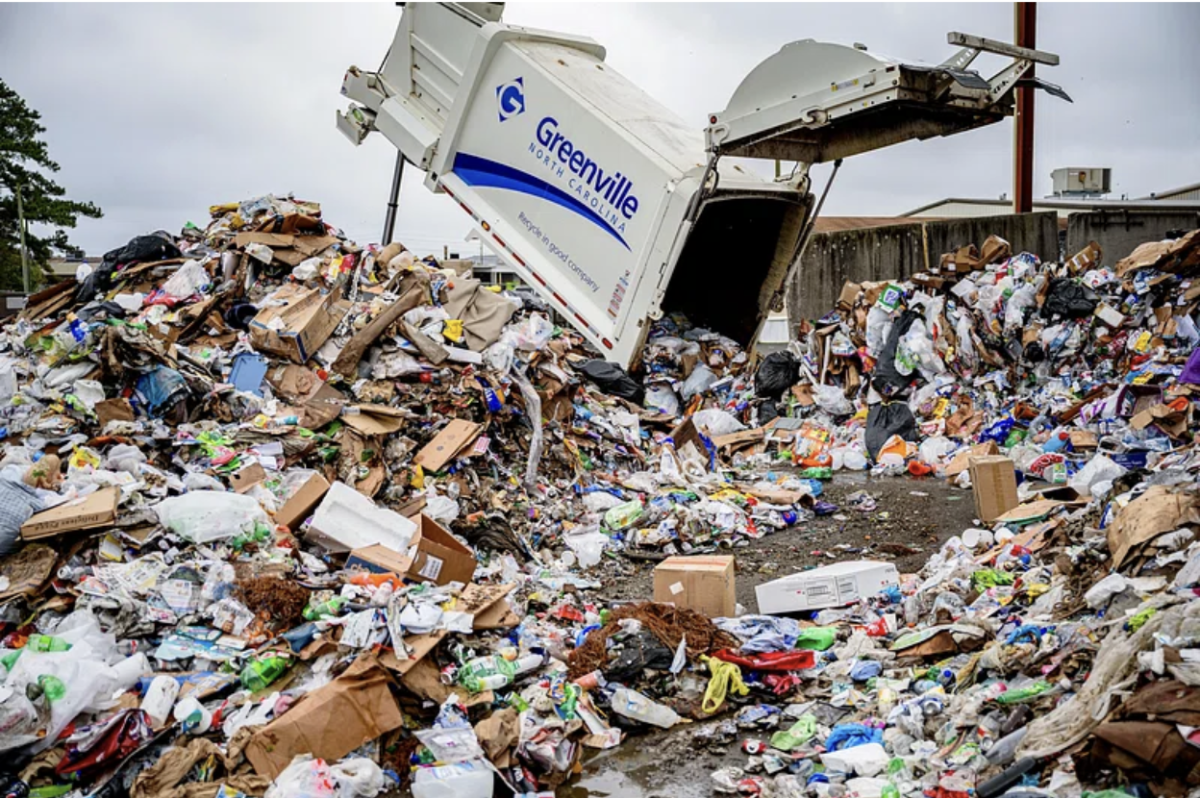Every company strives to be the best. They compete against each other for marketing, sales, and consumer satisfaction. As part of that, they will only put their best product out on the market, and they will throw it away when its time expires. In the food industry, this leaves a lot of gray areas.
There is no distinct code on how sit-down and quick-service restaurants are required to date their food. There are a few loose guidelines that prevent retailers from giving out completely spoiled food, however, there is nothing that says they can’t put an expiration date earlier than what it’s supposed to be. This means that if a restaurant wants to date something for December 5 when it really goes out on December 31, there is nothing to prevent them from doing so. This form of dating is actually quite common in the food industry. Typically, the company wants their consumers to have the best quality product, so they will deem something expired after it passes that mark, even if it’s not really spoiled. At this point, the corporation will either trash it or donate it to a food bank, but most opt for the former. For whatever reason, they don’t see the worth in giving it to the less fortunate, even though some day’s throw-outs may be enough to feed five families. In fact, it could be helping those in our own backyard. According to Feeding America, 68,990 children are facing hunger in just Iowa alone. This equates to one out of every 11 children. Big companies like Starbucks, Subway, McDonalds, and Chick-fil-a don’t see the point in donating to help those struggling when they are making so much money from the product they already sold.
Most teenager’s first job is in the food service industry. They often come in at 16 with all these new expectations and responsibilities, one of which being that they throw away the expired food from the night. In my current job, one of the closing responsibilities is to toss out all sandwiches and pastries that are “expiring” that night. The amount of food varies. Sometimes we only toss about 15 items, but other days, we throw away almost everything in our fridge, adding up to 50 or 60 total. In reality, that’s enough to feed almost 10 families for a meal. Many employees, including myself, had expressed concern about the food waste, however, higher management informed us that the profit margin is high enough that they don’t have to worry about how much or how little food we might toss on any given night.
Typically, a menu item’s price will be inflated from its cost of production to cover high profit margins. In other words, companies will heighten the prices of their food to line the CEO’s pockets. For example, Starbucks food, such as breakfast sandwiches and pastries, has a price 10 times higher than the cost to make it. Therefore, they have no problem throwing away their “less quality product” because their profit margins are so high. Why would they feel the need to take time and donate to the less fortunate when the company is so successful? According to the US Department of Agriculture, there was a “31 percent food loss at the retail and consumer levels, corresponding to approximately 133 billion pounds and $161 billion worth of food in 2010.” Since then, they’ve been trying to get that number down, and they have a goal of cutting the food waste in half by 2030. However, many of the big retailers we all think of don’t participate in this because they already make so much money, and when they do, it’s treated like a special occasion. With that I ask, shouldn’t that be the expectation?
Food corporations have been getting away with this mountain of waste for years, but it’s time for society to call them out. The food they throw away every night could be supporting local food banks and homeless shelters who might be struggling to supply enough as it is. Those relying on food stamps and pantries deserve a special meal once in a while, and it’s something these companies can provide with the food they were going to throw out anyway.









